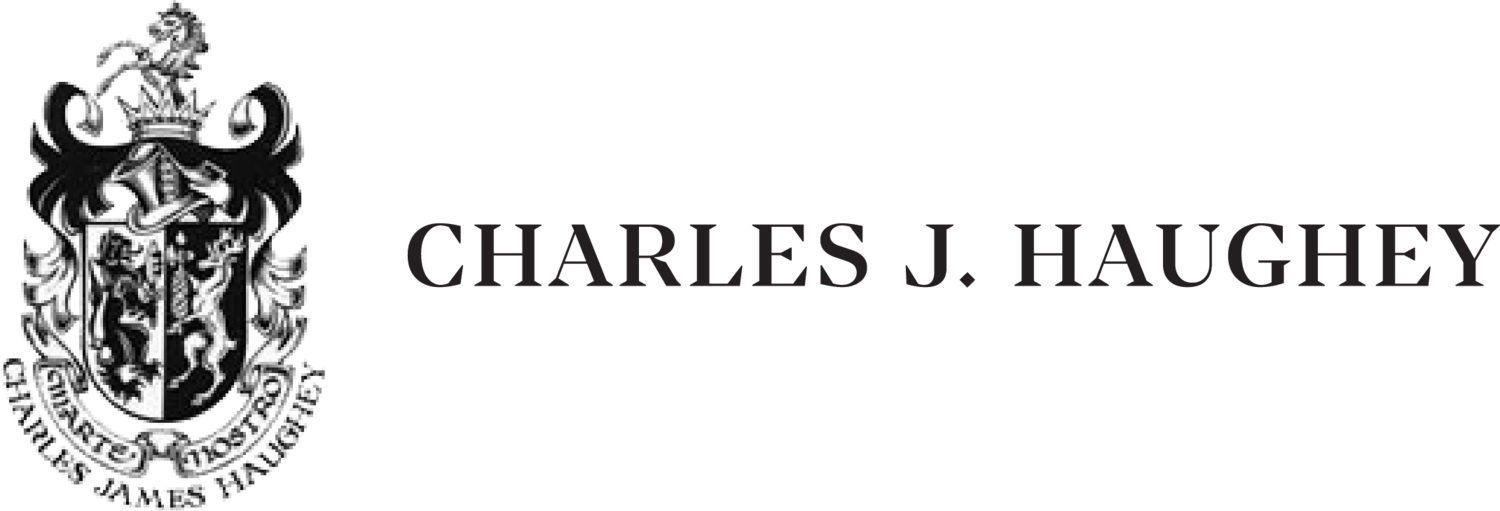Charlie Haughey and the Arts
Charles Haughey's prime achievement where the arts were concerned was to make them an integral and important part of State policy. He was the first head of government to do this, an achievement which derived from his own deep interest in literature and in painting. His empathy with the past also informed his attitude to all the buildings which were in the possession of the State, to their architectural quality and conservation.
He gave care, attention and thought to arts policy and he knew that the success or failure of any administration, indeed perhaps of any State, would be decided by its attitude to the arts as much as anything else.
Despite the establishment of an Arts Council some years before by a previous administration, when he became Taoiseach the arts were still a poor relation of what were considered to be more important and substantive matters. He gave care, attention and thought to arts policy and he knew that the success or failure of any administration, indeed perhaps of any State, would be decided by its attitude to the arts as much as anything else.
The first important measure for which he was responsible was prior to his becoming Taoiseach. This was the provision of a tax exemption for artists, part of the Finance Act of 1969 when he was Minister for Finance. In an address he gave at Harvard University in 1972 he said that the taxation and financial aspects of this particular provision were of less importance than the clear and unambiguous signal it gave that the long internecine quarrel between Ireland and its artists which had caused so many, including Joyce, O'Casey and Beckett, to live in exile, had come to an end as far as the State was concerned. The Harvard Address is remarkable in that it sets out with philosophical justification a coherent policy for the arts which he would adhere to during his various administrations thereafter.
Royal Hospital Kilmainham, Dublin (1990) Photo credit https://www.rte.ie/archives/2013/1011/479733-irish-museum-of-modern-art-reopens/
Thus the establishment of Aosdána in 1981 was part of the concentration of policy on the situation of the individual artist as much as on artistic bodies and institutions which was heralded at Harvard. He saw that there was 'a conflict between the wish to make existing art available to the public by way of performance or exhibition and the need to devise methods which make it possible for the individual artist to fulfil and embody his vision, in fact to create more art'. Aosdána served the dual purpose of honouring the individual artist as well as providing each working individual with a means of subsistence. Together with the tax exemption it has been much discussed and envied by the artists of other countries, more especially since both are unique to Ireland and had no model elsewhere.
The (main benefit) of the tax exemption for artists... was the clear and unambiguous signal it gave that the long internecine quarrel between Ireland and its artists which had caused so many, including Joyce, O'Casey and Beckett, to live in exile, had come to an end as far as the State was concerned.
The foundation of the Irish Museum of Modern Art which followed soon after also had the position of the individual artist as one of its primary motivations. It was thought that if the modern art of Ireland could be showcased in an appropriate manner the prestige of Irish artists generally would be improved. But while the primary motivation for the choice of an old building for the museum, the Royal Hospital at Kilmainham, was that the construction of a new one would, in the financial circumstances in which the State found itself, be indefinitely postponed, it was also inspired by his belief that buildings were never properly preserved unless new uses could be found for them. The Royal Hospital has proved an excellent choice, the counterpoint between modern works of art and a seventeenth century building enhancing both to their own advantage. And the modifications to the building which were necessary, including the introduction of a modern staircase by architect Shay Cleary, which rises out of the entrance hall is in fact an augmentation.
His concern for the cultural past as well as the present is also to be seen in the establishment of the Heritage Council, a body which was meant to and did concern itself with virtually all aspects of our cultural and natural inheritance, both equally dear to him. It too was an important innovation. Many of the things which came within its care and keeping had never been thought to be in need of conservation and protection before though they are all acknowledged to be very much so now. To that extent the Heritage Council was ahead of its time and will be looked back on as the inauguration of a new era in which environment was given its proper significance.
Oddly enough perhaps, considering its contemporaneity, the setting aside of the area known as Temple Bar also arose out of concern for the past. The old Danish city which extends underneath part of it could only be preserved until the time when it might be properly excavated by forbidding high-rise development and encouraging low-rise. The answer was an area devoted to cultural and recreational activities which has proved to be immensely popular with both visitors and citizens. Indeed many of Haughey's projects, such as the renovations of Government Buildings and Dublin Castle, so changed the appearance of the city and the kind of amenities it could offer that he might be said to have left an indelible mark on it.

